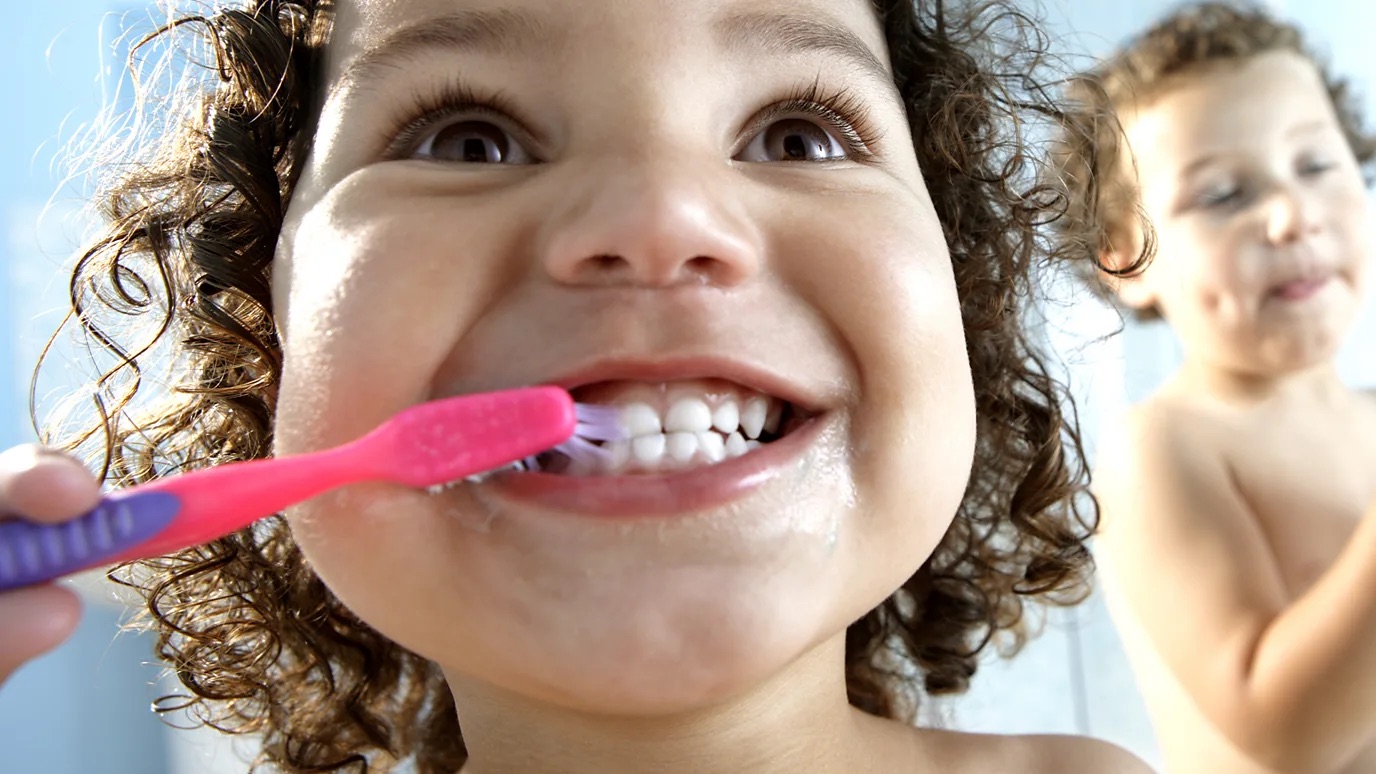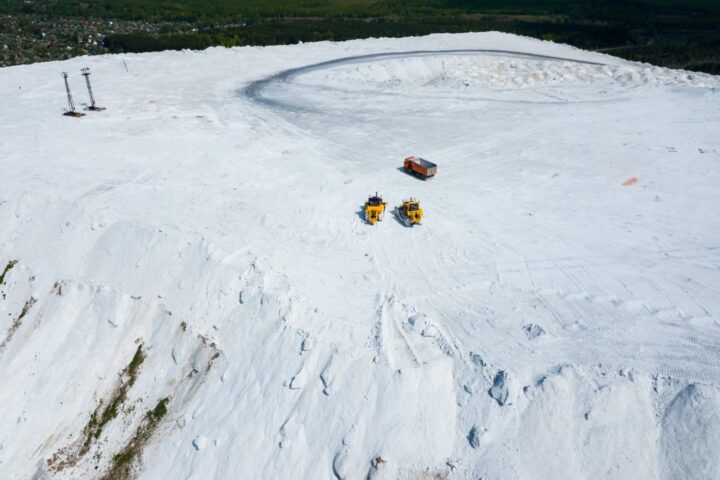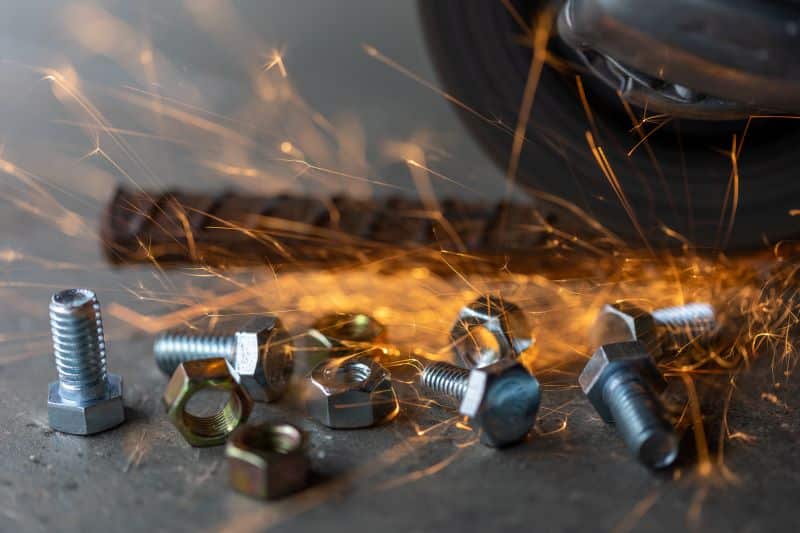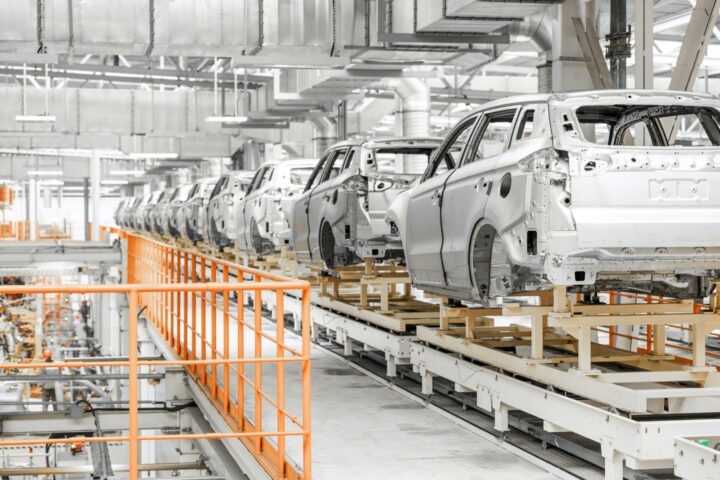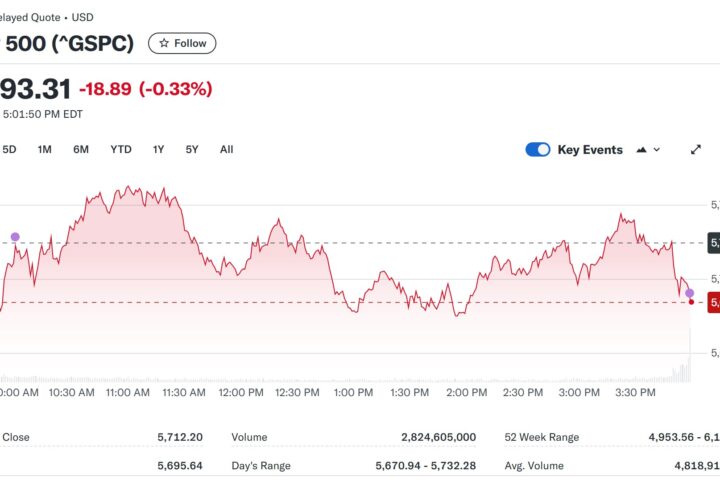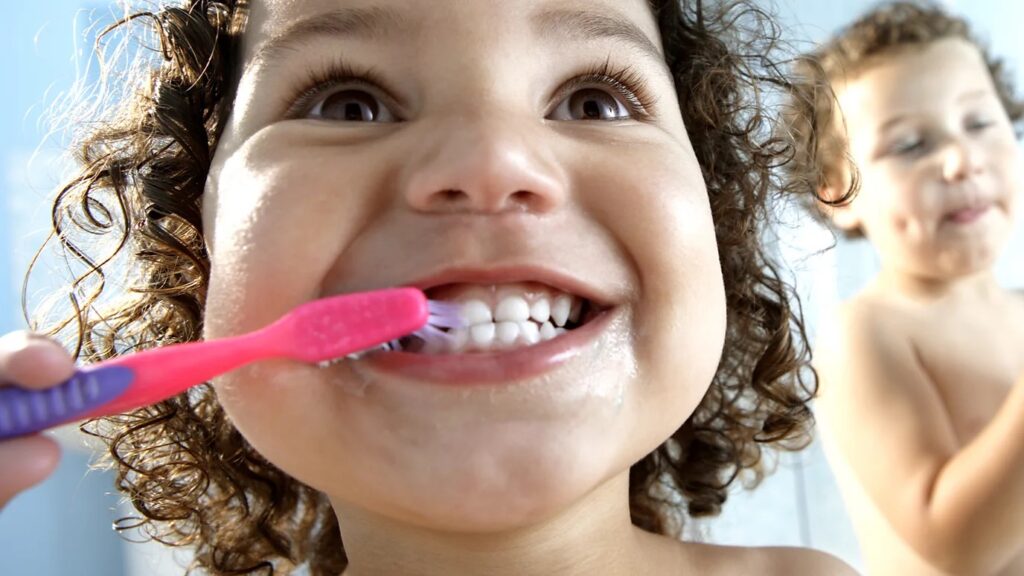
Billions of toothbrushes are discarded every year. How can we brush our teeth in a more environmentally friendly way?
When I used to work in an office, I’d keep a manual, plastic toothbrush in my desk drawer. My colleagues would laugh as I diligently made my way to the bathroom, toothbrush in hand, every afternoon after lunch. At home, I had an electric toothbrush. I’ve always looked after my teeth, but ask me about my chosen toothbrush brand, about its material composition or its environmental impact, and I couldn’t tell you. My relationship with my toothbrush was disposable and limited to its ability to clean my teeth. I doubt I was alone.
People should replace their toothbrushes every three to four months or more often if the bristles are frayed, according to The American Dental Association.
Given the toothbrush’s ubiquity (billions are used and discarded every year), a group of academics from University College London (UCL) Eastman Dental Institute and Trinity College Dublin recently published a joint report to compare the sustainability of different types of toothbrushes. They compared plastic manual, plastic manual with replaceable heads, bamboo, and electric – using a life-cycle assessment (LCA) to consider all aspects of a toothbrush’s “life”, from creation to disposal.
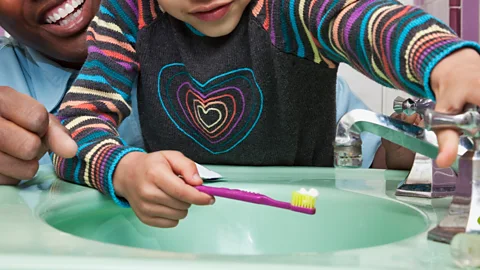
The fossil fuel-derived plastic polypropylene, used to make both types of plastic brushes, had the single biggest impact on the environmentwhen it came to the LCA of the brushes. In its Global Plastics Outlook, the Organisation for Economic Cooperation and Development (OECD) estimates that around 380 million tonnes of plastic waste is produced globally each year, of which 43 million tonnes comes from consumer products. And roughly 14 million tonnes of this, or 3.7% of total plastic waste, is made of polypropylene.
As for the electric toothbrush, its environmental impact was 11 times greater than the bamboo toothbrush, according to the LCA. It performed the worst in all but one category (water scarcity) and the greatest contributor to its overall environmental impact was transport (due to being heavier).
But if the electric brush came last, which brush topped the table? Oral hygiene was taken out of the equation, with both the report and the NHS claiming there is no evidence that any type of toothbrush is more clinically effective for the prevention of cavities and tooth decay, although electric brushes are more effective at removing plaque – partly down to technique, the in-built timing device and more agile heads. (Read more about How to properly brush your teeth in this article by Martha Henriques).
Bamboo brushes
The UCL and Trinity College study showed that plastic manual toothbrushes with replaceable heads came top, very closely followed by bamboo. You might find it surprising that plastic toothbrushes – even those with replaceable heads – are more sustainable than bamboo ones, given that bamboo grows quicklyin otherwise challenging conditions and is a natural carbon sink.
“Bamboo toothbrushes may stop land from being put to better use such as increasing biodiversity, or in growing trees to offset carbon emissions,” co-author Paul Ashley, professor of paediatric dentistry at UCL says of the findings. “It is therefore not necessarily the best option for the environment as popularly believed. Though it’s important to note that its [climate impact] is still much lower than conventional and electric toothbrushes.”
Patrick Verkland, chief executive of The Humble Co., a Swedish company which makes bamboo and plant-based toothbrushes, says that by working closely with suppliers, they ensure that their bamboo is grown in a way that respects the surrounding ecosystem and does not encroach on land critical for biodiversity or food production.
“Bamboo’s biodegradability sets it apart as a material for toothbrushes, as it decomposes naturally when disposed of properly,” Verkland says. “In contrast, most plastic toothbrushes persist in the environment for centuries if not fully recycled – a process that remains a huge challenge on a large scale.”
Approximately 60% of The Humble Co.’s toothbrush handles are 100% plant-based (the plan is for all handles to be fully plant-based within the next 12 months). The rest feature a small amount of plastic, while bristles are made from nylon, a plastic component that the company is looking to replace with alternatives, which it is currently researching, Verkland says.

